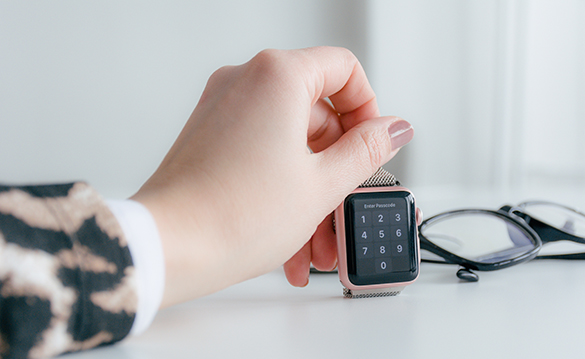A web designer is a professional who focuses on the visual and user experience (UX) aspects of a website. Their main responsibility is to create a website’s layout, aesthetics, and interactive elements in a way that is visually appealing and easy to use. Web designers blend creative design skills with a strong understanding of user behavior and functionality.
Key Responsibilities of a Web Designer:
- Creating the Visual Layout:
- They design the overall look and feel of a website, including the color schemes, typography, images, and layout.
- Web designers ensure that the site aligns with the client’s branding and vision while making it visually attractive.
- User Experience (UX) Design:
- Web designers focus on ensuring a smooth and intuitive user experience.
- They create wireframes (basic visual guides) and mockups (high-fidelity design previews) to plan how the site will look and function before it’s built.
- They think about site navigation, how users will interact with different elements, and how to make the site easy and enjoyable to use.
- User Interface (UI) Design:
- They focus on designing the interactive elements that users engage with, such as buttons, menus, forms, sliders, and other input fields.
- They ensure that these elements are consistent, clear, and visually aligned with the overall design.
- Responsive Design:
- Web designers create websites that look and function well on all devices, including desktops, tablets, and smartphones.
- They ensure the design adjusts seamlessly to different screen sizes and resolutions, providing a mobile-friendly experience.
- Typography and Iconography:
- Choosing appropriate fonts, sizes, and styles to ensure the text is easy to read and complements the overall design.
- Selecting or creating icons that guide the user intuitively through the website.
- Graphics and Images:
- Web designers may create or select custom graphics, illustrations, and images that enhance the website’s visual appeal.
- They often use software like Adobe Photoshop, Illustrator, or Figma to create and optimize these visual elements.
- Collaborating with Developers:
- Web designers often work closely with web developers to ensure the design vision is implemented correctly.
- They create design specifications and hand over the design assets (like images, fonts, and CSS styles) to the developers for coding.
- Understanding Web Design Principles:
- Knowledge of color theory, spacing, contrast, and balance is critical for web designers.
- They apply design principles to create a website that is visually appealing and easy to navigate.
- Staying Updated on Trends:
- Web designers stay current on design trends, user behavior changes, and emerging technologies.
- They regularly update their design approach to stay modern and competitive.
Tools Used by Web Designers:
- Design software: Adobe Photoshop, Adobe XD, Sketch, Figma, or Canva.
- Prototyping tools: InVision, Marvel, or Balsamiq to create and share prototypes and mockups.
- Wireframing tools: Balsamiq, Figma, or Axure for planning the layout and user flow.
Difference Between Web Designer and Web Developer:
- A web designer focuses on the visual design and user experience (how the site looks and feels).
- A web developer takes the designer’s visual concepts and turns them into a functional website using code (how the site works).
In short, web designers make websites look great, while web developers make them work effectively.

Leave A Comment